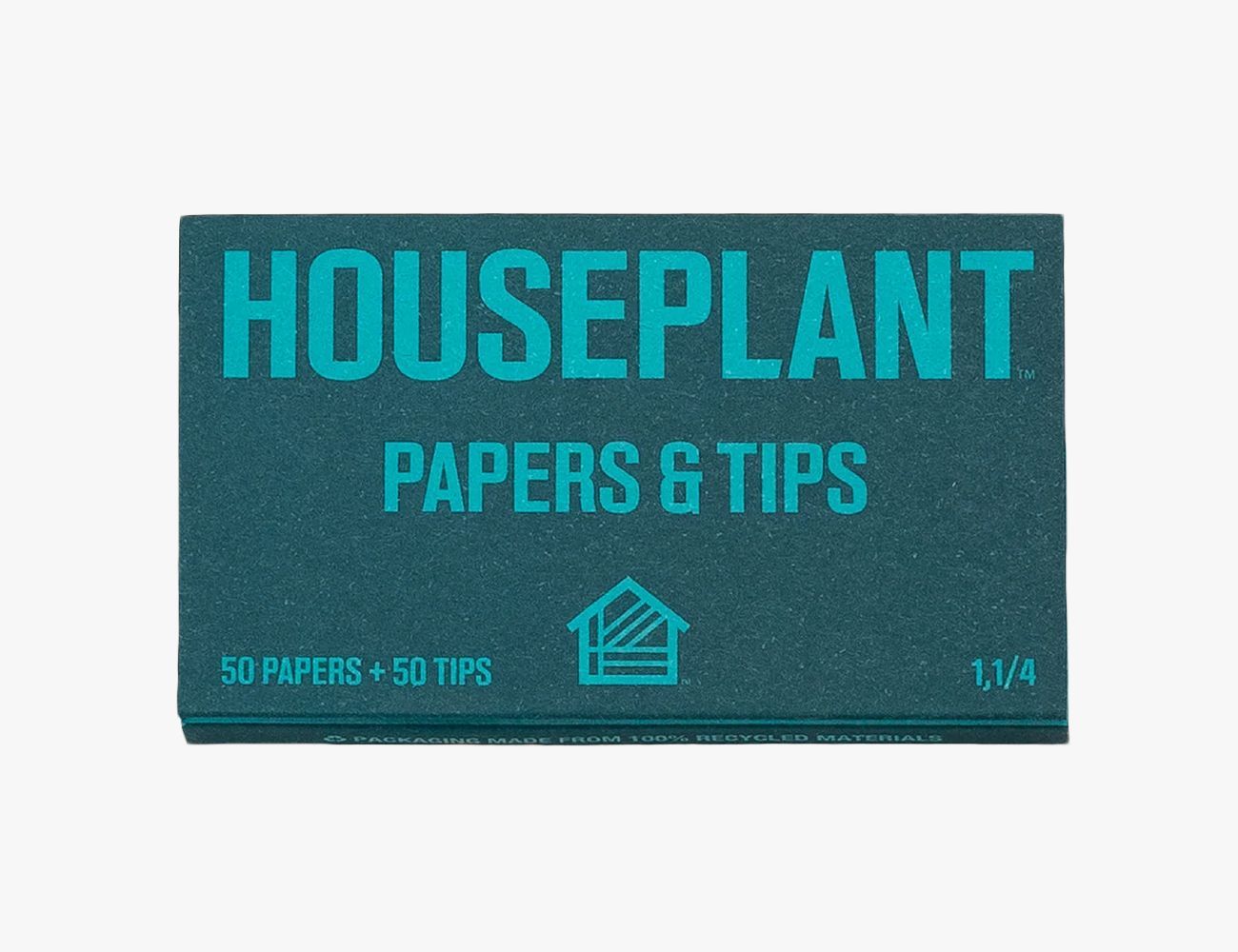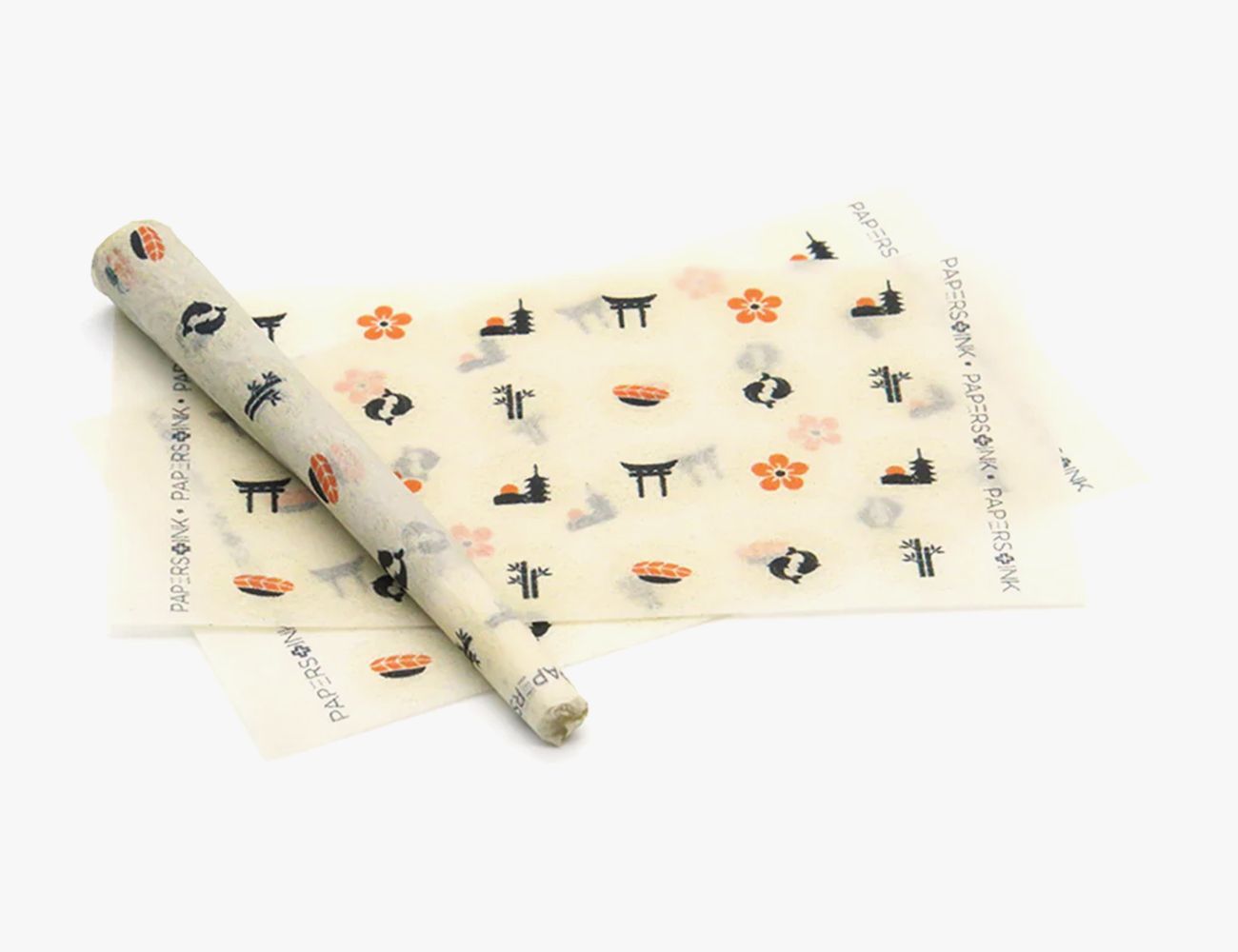Weed Wrapping Paper
Table of Contents
Looking for more vetted cannabis recommendations? Check out our guides to weed strains, vaporizers, bongs, pipes, grinders, electric weed grinders and cannabis apps.
In an age where there is plenty of cannabis tech on the market, joints remain one of the cheapest ways to get stoned, with papers averaging less than $5 per pack. Even high-quality papers can be acquired on the cheap. Some, however, are better than others. Here are the best and what you should know before picking the best rolling papers for you.
Rolling Papers 101
Originating out of Alcoy, Spain in the 17th century, rolling papers first emerged as a cheaper way to smoke tobacco (as opposed to the more premium cigars of the time). Traditional-style papers would be sold in large sheets, which smokers would have to tear to size. Modern papers come in booklets, are cut to size, and even include natural adhesives to aid in sealing the joint together.
Size & Shape
Also known as the Spanish size, 1 ¼ rolling papers are pretty standard across brands and first originated out of the very first booklet-style papers made by Pay-Pay in Alcoy Spain. While the actual length and with of 1 ¼ papers will vary by brand, each is about 3 inches long and 1.75 inches wide. You will run into ‘king size’ which are longer, ‘double wide’ which are wider and ‘cones’ which are filled with flower from the top like a funnel.
Material Matters
Rolling papers are usually made out of hemp, wood pulp, rice, flax or even pure cellulose. Each material has different benefits impacting how the paper burns and how easy it is to roll. And while the differences are minor, we preferred rice papers the best. In our testing, rice papers burned slowly, stuck to our lips less than hemp and impacted flavor less than wood pulp and flax.
Paper thickness
While paper thickness will affect how quickly your joint will burn, the truth is the moisture and grind of the bud you’re smoking will affect burn time more than the thickness of the paper. In our testing, the thickness of the paper mattered most when actually rolling the joint. If you’re new to rolling, thinner papers will be less forgiving to mistaken creases and bends than thicker papers.
Filters, Crutches and Tips
To avoid inhaling any scooby snacks (slang for small pieces of ground cannabis flower), we recommend rolling your joints with a filter — also known as a crutch or tip. Crutches give the joint some stability when rolling and make it easier to pass the joint around without burning your fingers.
Buy from a Licensed Seller
Much like designer clothes, there’s a huge market for counterfeit papers on DHGate, Wish and eBay (to name a few). Counterfeit papers are more likely to contain additives that aren’t healthy for your lungs (read: dangerous chemicals). Additionally, they’re simply not as good as the real thing. Head to your rolling paper brand’s official website for licensed resellers or buy from other trusted, vetted sources.
A Note About Raw Rolling Papers
Once a popular rolling paper brand amongst cannabis enthusiasts, Raw has found itself in hot water recently due to a federal lawsuit from Republic Brands, a competitor distributor of rolling papers, regarding the veracity of the brand’s claims of crafting its papers in Alcoy, Spain and that some profits are redirected to a “RAW Charity.” It was determined in two separate rulings (one in December 2022 and one in January 2023) by the United States District Court for the Northern District of Illinois that these claims were both false. As a result, we can not in good conscience recommend this brand of rolling papers and have subsequently removed it from contention.





